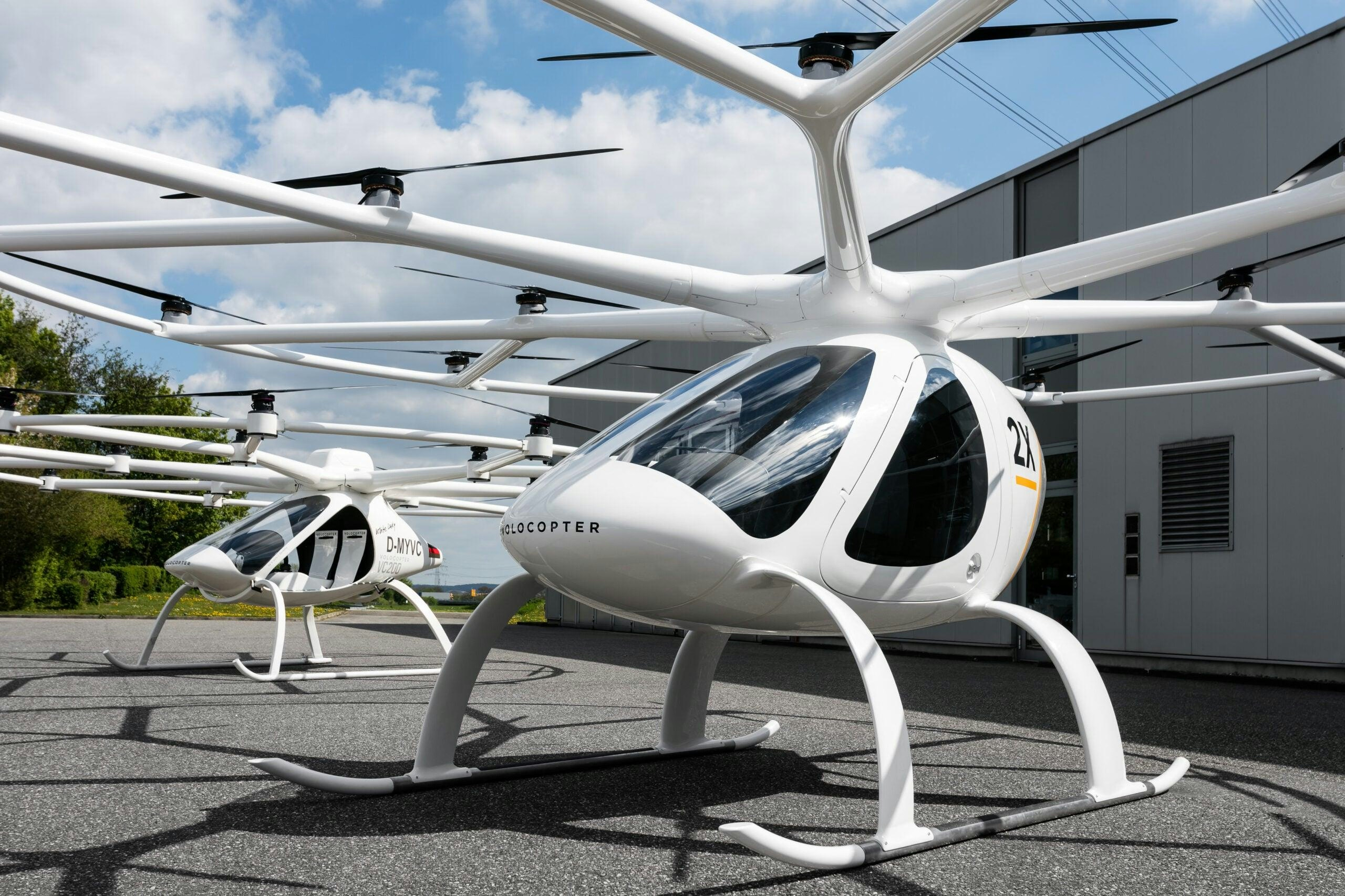
E-mail mais inteligente, negócios mais rápidos. Marque, analise e responda automaticamente a RFQs, cotações, pedidos e muito mais — instantaneamente.
Tendências
Categories
Miami Airport Unveils Chatbot-Hologram Innovation at World Aviation Festival

Miami International Airport Introduces Chatbot-Hologram Innovation at World Aviation Festival
Miami International Airport (MIA) is poised to redefine airport technology with the introduction of an advanced omni-channel chatbot integrated with interactive holograms. Maurice Jenkins, Chief Innovation Officer at MIA, outlined the airport’s ambitious vision for 2025 ahead of his participation at the World Aviation Festival in Lisbon. His presentation highlighted a strategic fusion of automation, mixed reality, and human-centered design aimed at enhancing passenger engagement.
A Seamless, Intuitive Passenger Experience
The new system will enable travelers to interact with a holographic interface to access real-time airport information without the need for a dedicated app. Whether through popular messaging platforms such as WhatsApp or Messenger, the initiative seeks to remove barriers and deliver a natural, frictionless experience. Jenkins emphasized that “great technology should feel natural,” underscoring the airport’s commitment to intuitive innovation.
The World Aviation Festival, held from October 7 to 9 at the Feira Internacional de Lisboa, is expected to attract 6,000 attendees, including 600 speakers and 400 exhibitors. The event focuses on cutting-edge developments in artificial intelligence, smart airports, digital transformation, and autonomous technologies.
Beyond Technology: Enhancing Emotional and Sensory Engagement
While artificial intelligence remains a central theme in aviation innovation, Jenkins stressed the importance of emotional connection in the passenger journey. MIA is exploring sensory branding initiatives, including the introduction of a signature scent and a bespoke “Miami drink,” designed to deepen the sense of place and enrich the overall travel experience. “Why rush to baggage claim when you can stay immersed in the journey?” Jenkins remarked, reflecting the airport’s broader mission to reimagine customer experiences and cultivate a dynamic, adaptive ecosystem.
Automation with a Human-Centered Approach
MIA’s automation strategy extends beyond passenger interaction to operational efficiencies, incorporating cleaning robots, autonomous lawnmowers, and collaborative projects focused on aircraft turnaround analytics and autonomous vehicle testing. Jenkins was clear that automation is intended not to replace personnel but to reposition talent toward higher-value roles. “Innovation is not just about technology—it’s about process improvement and cultural change,” he stated, highlighting the airport’s holistic approach to modernization.
Addressing Challenges and Industry Implications
The integration of the chatbot-hologram system with existing airport infrastructure presents several challenges, including ensuring system reliability, maintaining accuracy, and managing diverse user expectations. Jenkins acknowledged that while many travelers will welcome the innovation, some may remain skeptical or express privacy concerns. The airport is proactively addressing these issues to facilitate a smooth and secure rollout.
Competitors are closely monitoring MIA’s developments. Some may adopt similar technologies to enhance their own services, while others might pursue alternative innovations to sustain competitive advantage in a rapidly evolving market.
Pragmatic Perspectives on AI Implementation
Jenkins offered a measured view on artificial intelligence, cautioning against the pursuit of a one-size-fits-all solution. Instead, he emphasized the value of targeted AI applications that deliver concrete benefits, such as revenue optimization and improved customer experiences. MIA continues to assess where AI can provide meaningful operational improvements, recognizing the unique needs of each airport environment.
The airport’s technology roadmap also includes exploratory projects in parallel reality and ongoing collaborations with startups, though certain initiatives remain confidential. Above all, Jenkins underscored that fostering a culture of innovation, supported by strong leadership, is essential to MIA’s continued advancement.
As airports worldwide accelerate their transformation efforts, Miami International Airport’s chatbot-hologram initiative positions it at the forefront of passenger experience and operational innovation.

McLarens Warns Aviation Claims Costs Remain High

Biotech Converts CO2 into Palm Oil–Like Fat for Aviation Fuel
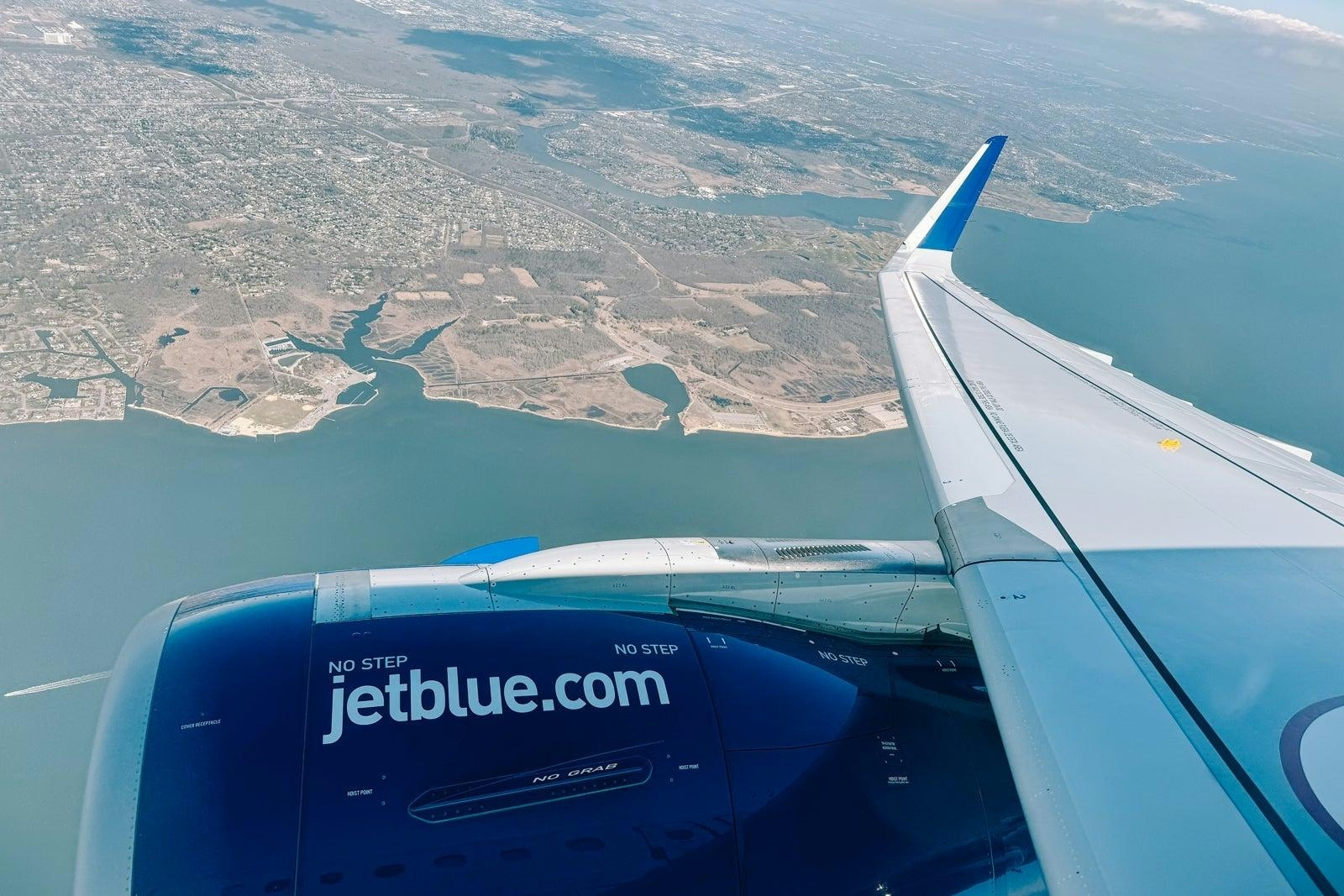
JetBlue Partners with Amazon’s Project Kuiper to Enhance In-Flight Wi-Fi
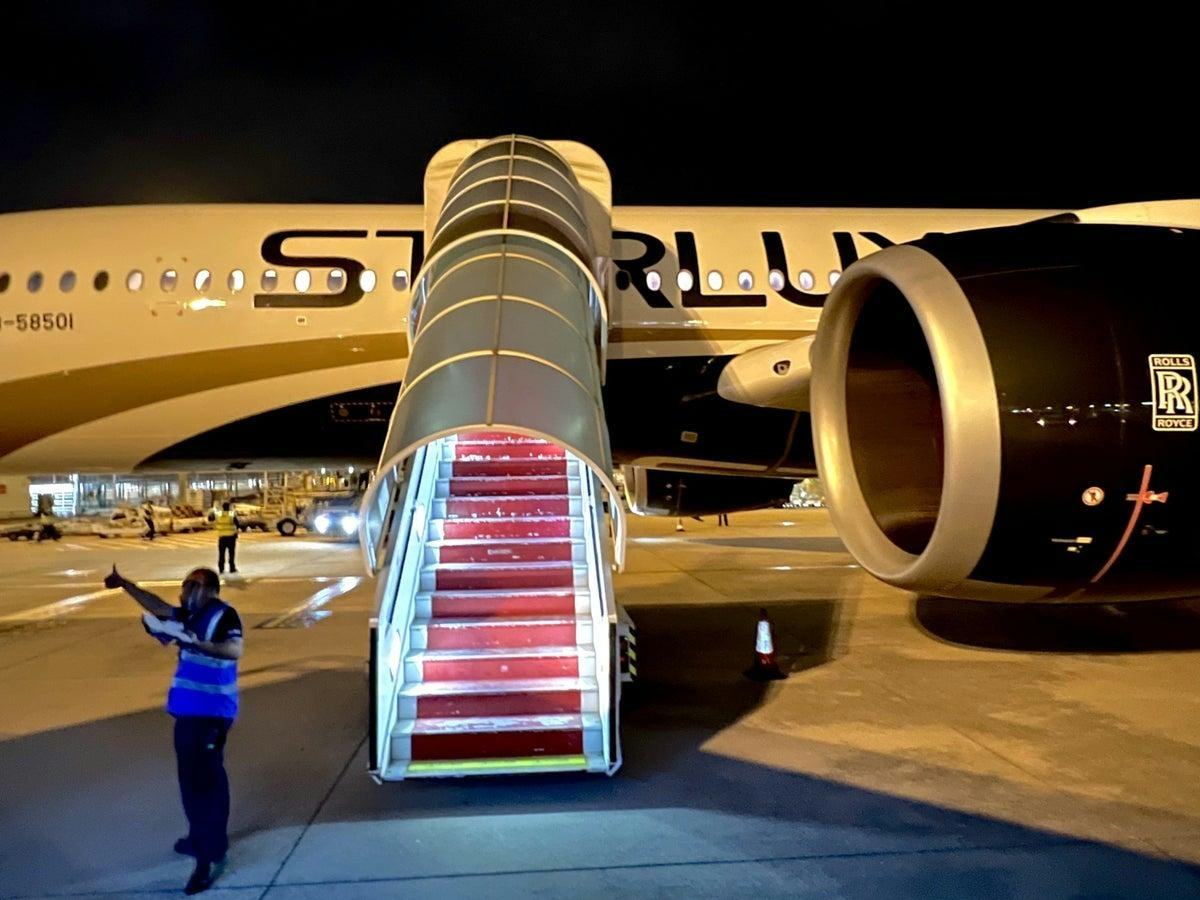
INFORM Software Enhances Efficiency at STARLUX Airlines
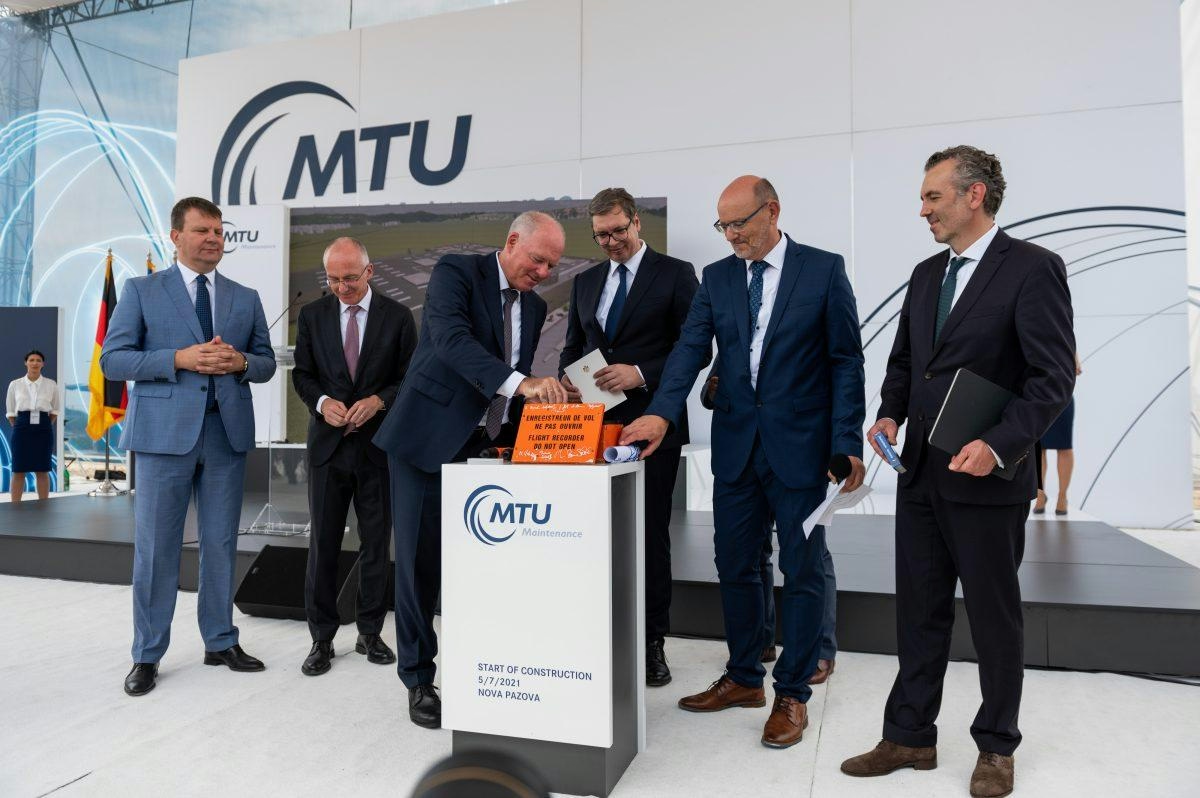
MTU Maintenance Serbia Names New Managing Director
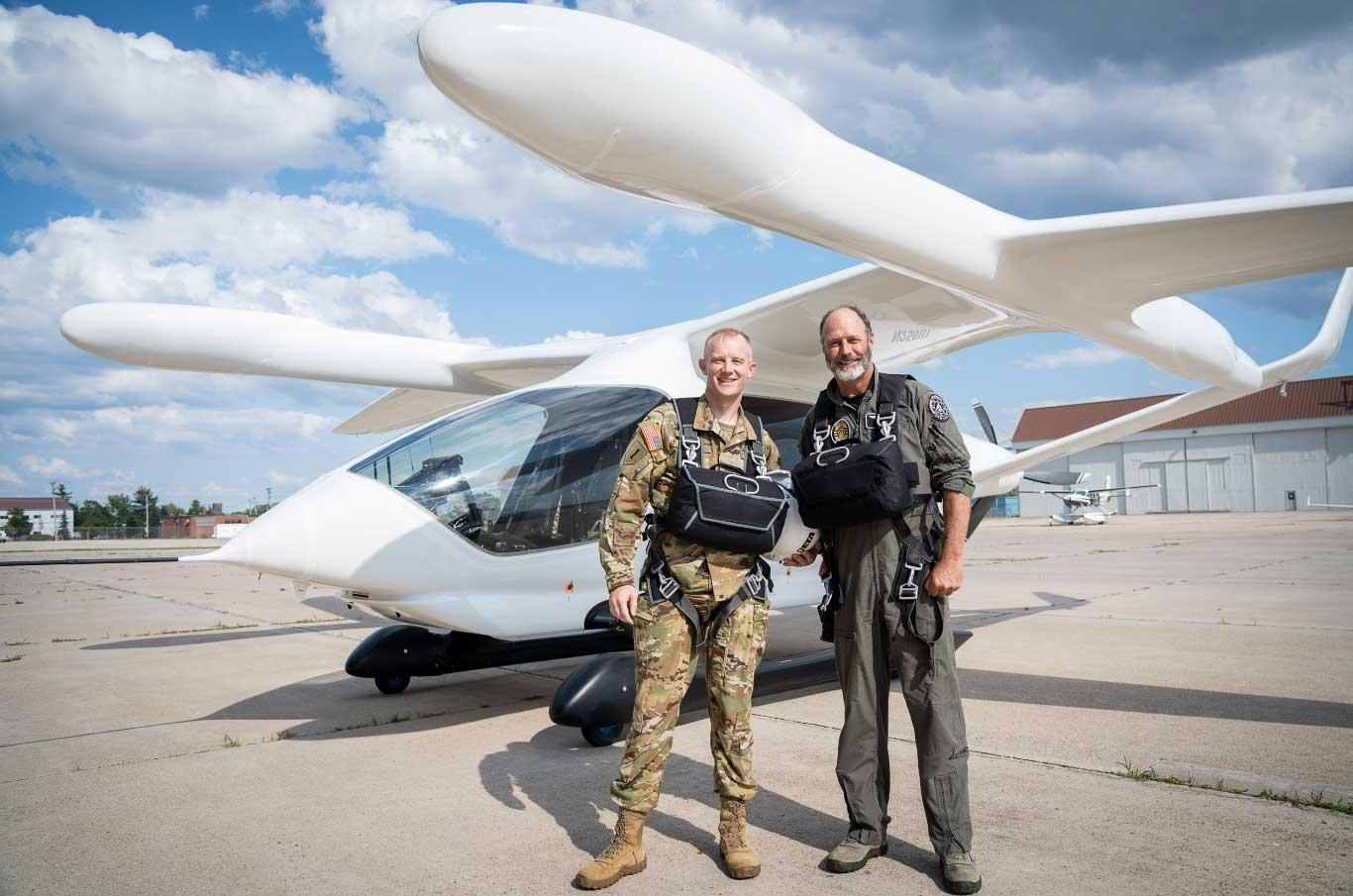
GE Aerospace and BETA Technologies Collaborate on Hybrid Electric Aviation
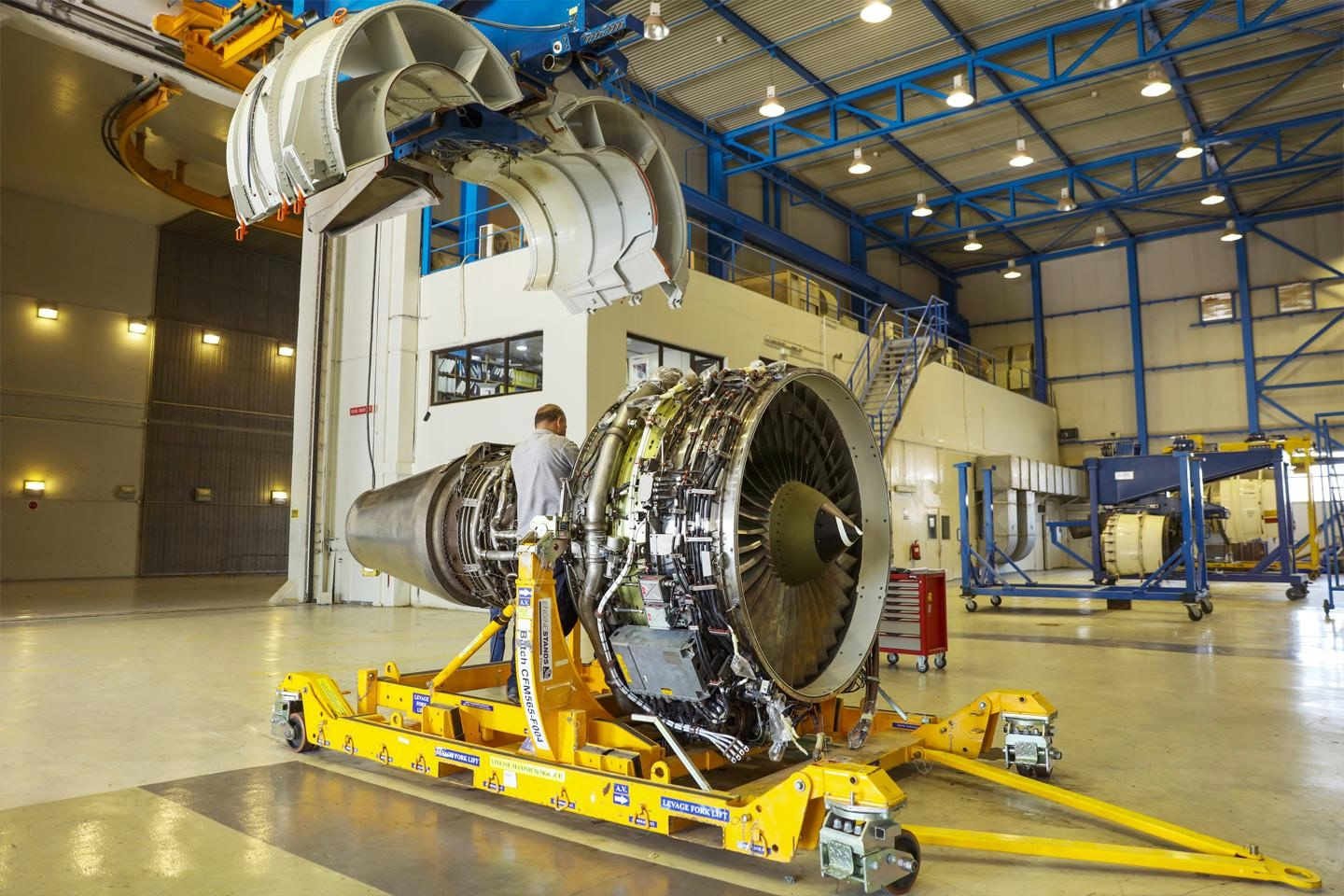
JALCo Expands Partnership with Aeolus on CFM56-7B Engine

LHT and ACC Columbia Jet Introduce Cyclean Engine Wash Service
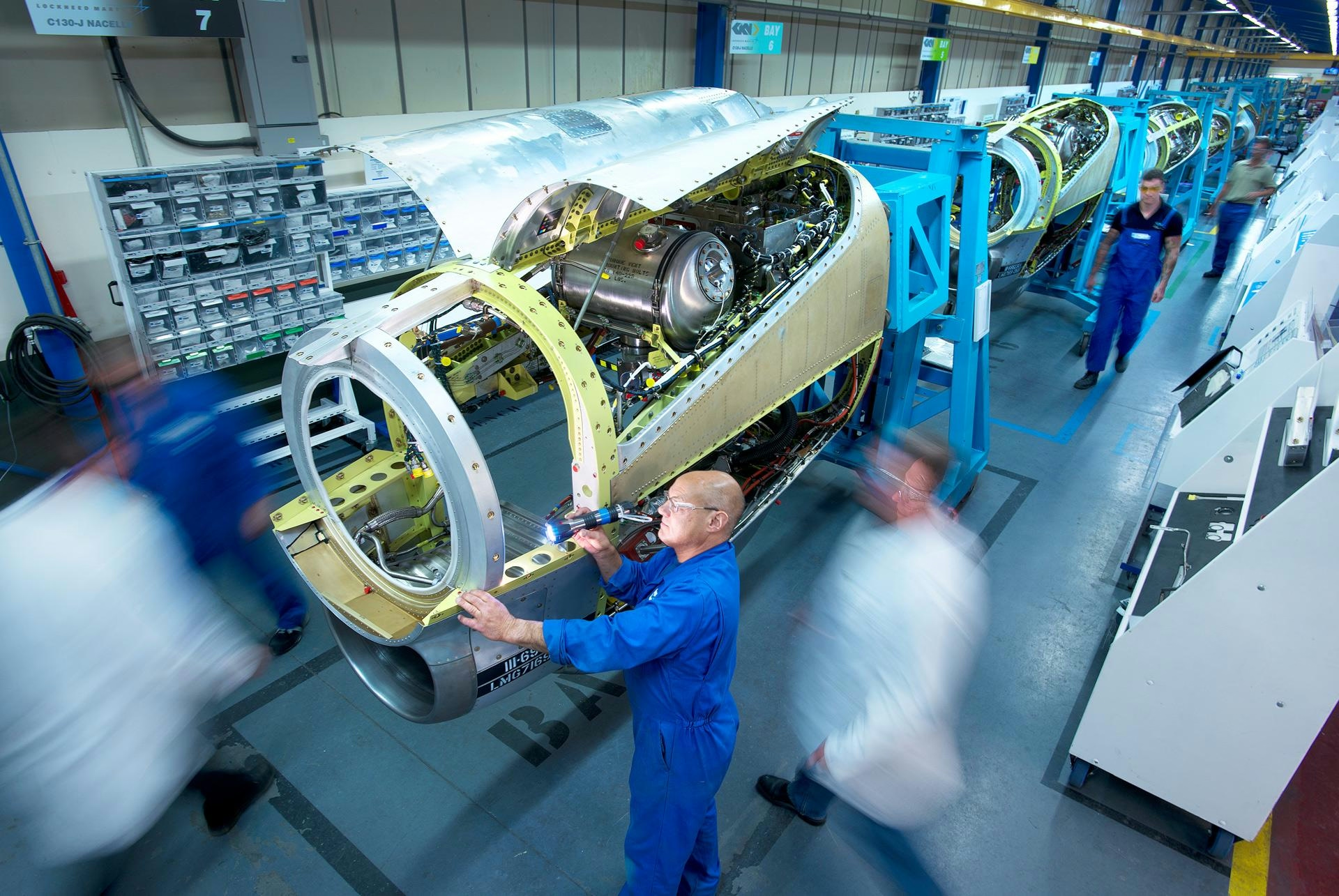
GKN Aerospace Expands Additive Manufacturing Operations in the US
